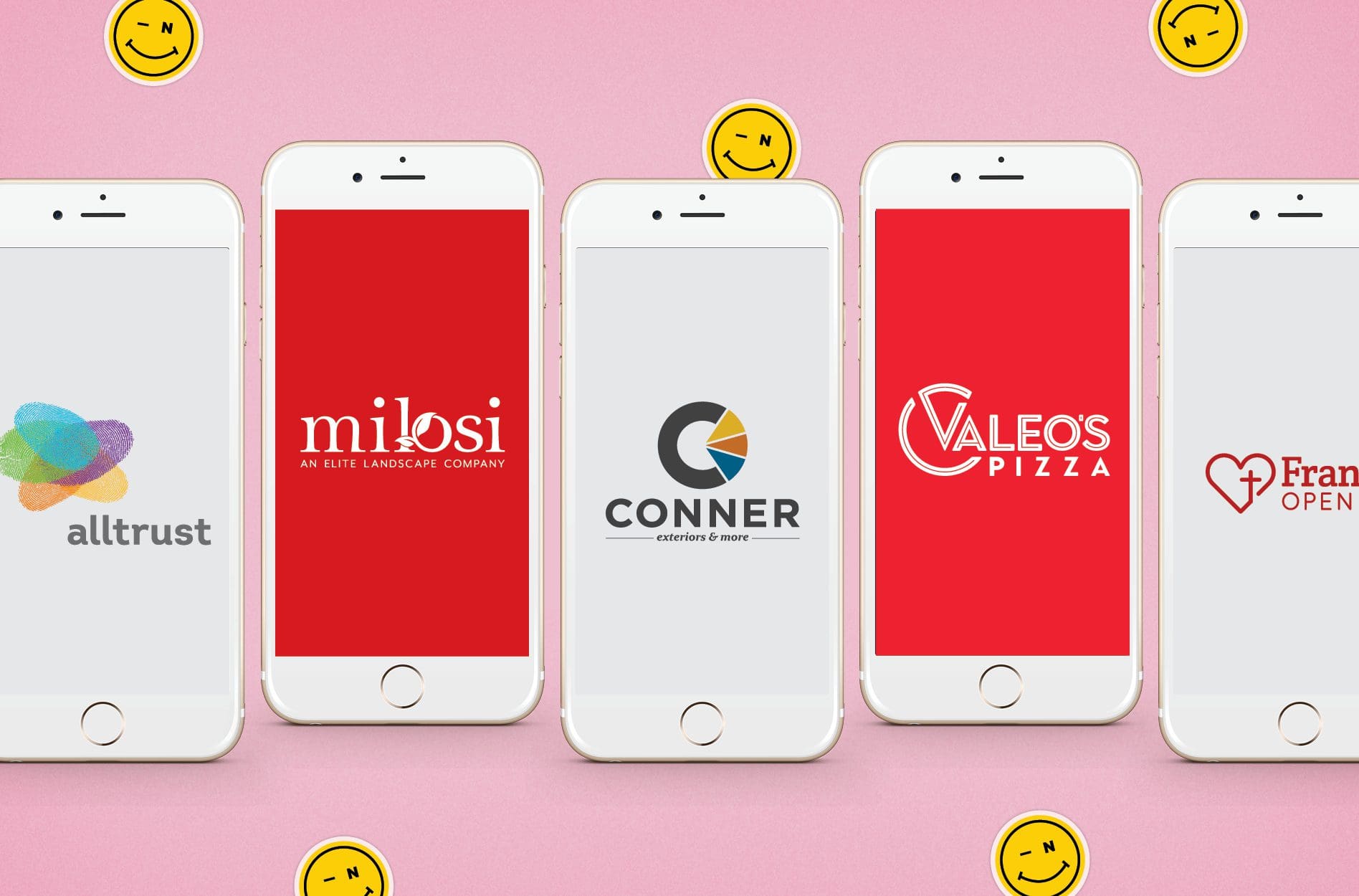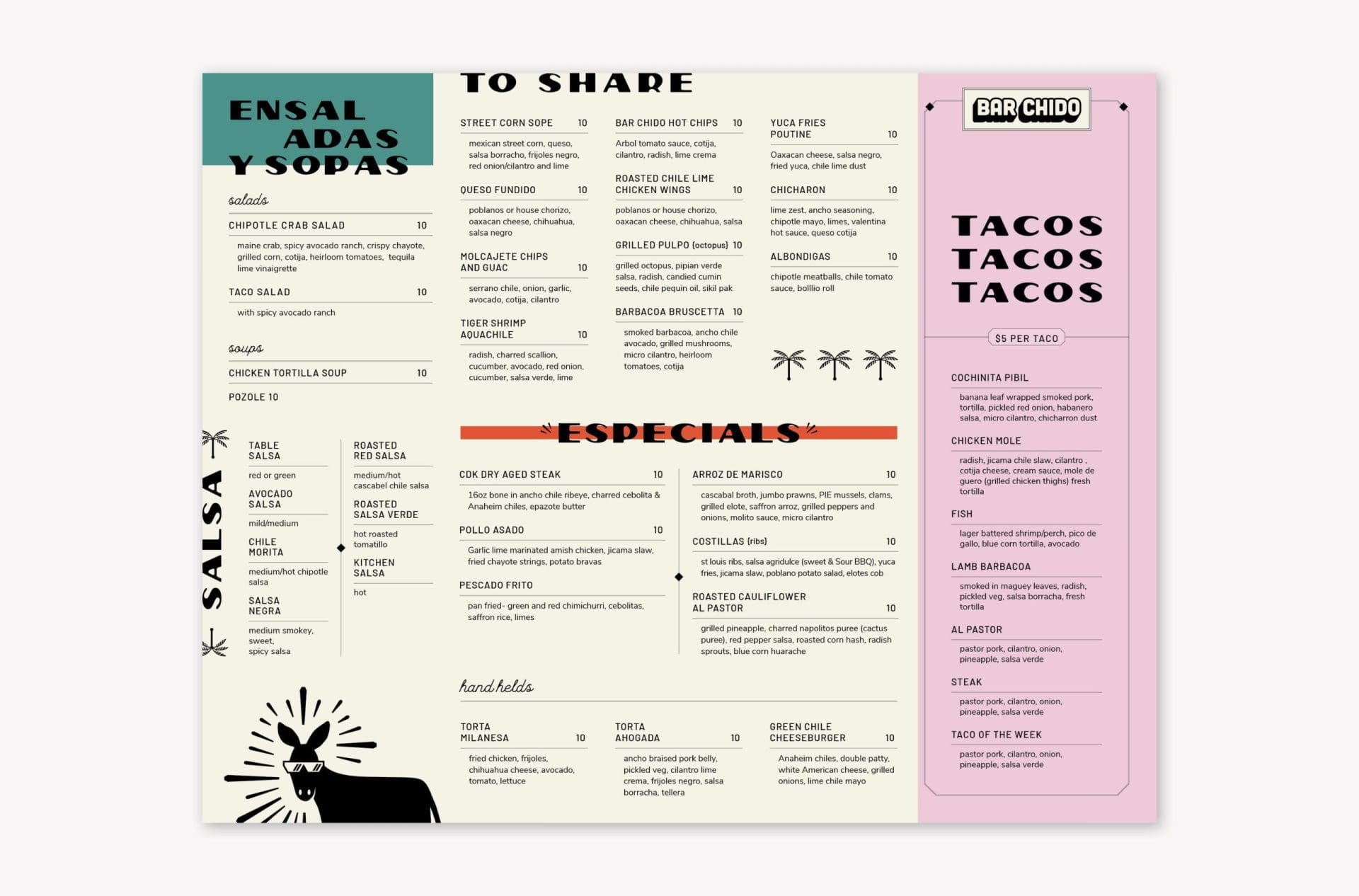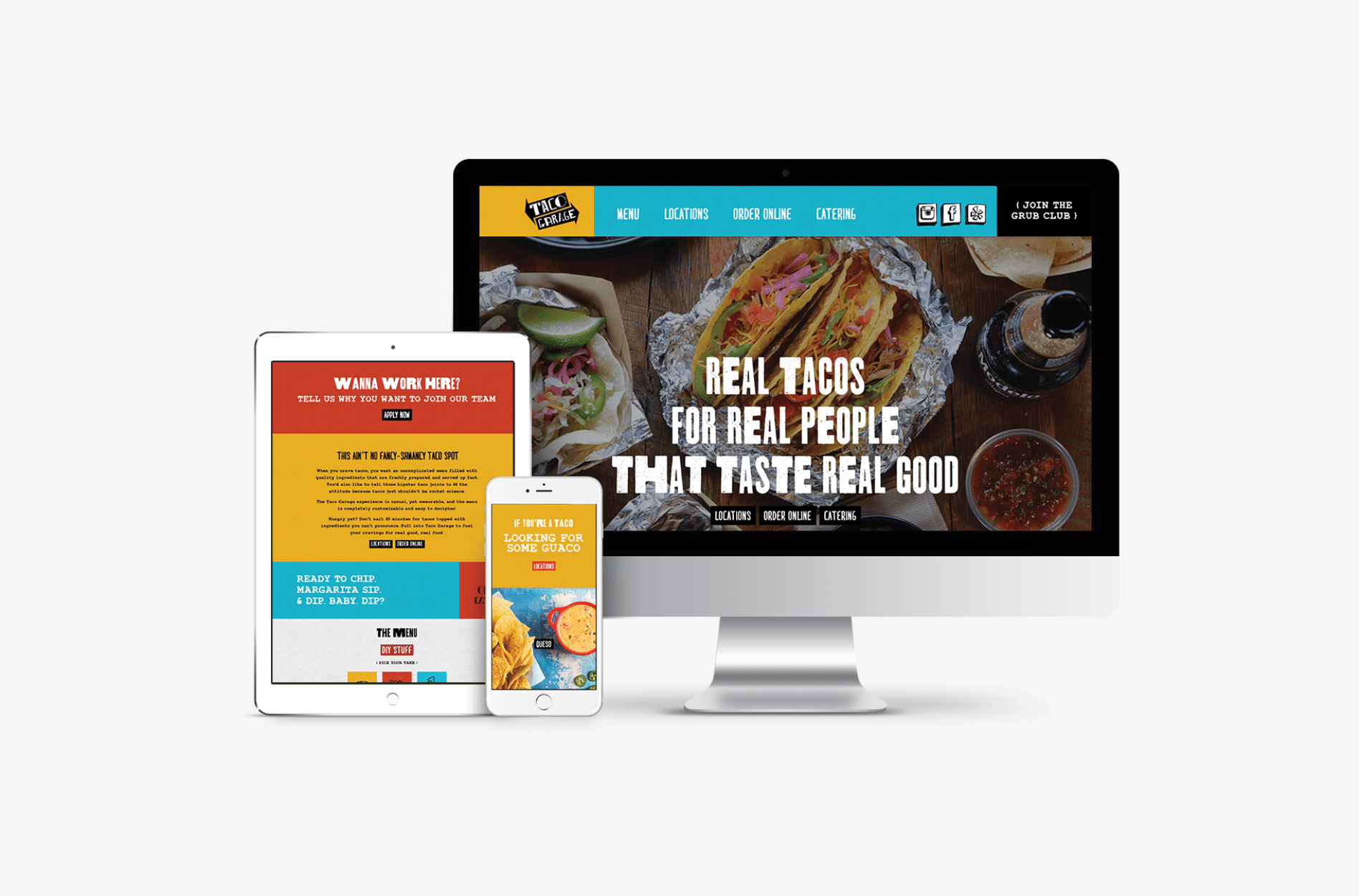The Key Principles of Logo Design
Logo design is an essential part of branding for any business or organization. It’s one of the most recognizable aspects of a brand and is often the first thing people notice. Having a great logo design is key to creating an effective brand identity and standing out. To ensure your logo design is up to par, it is important to understand the fundamental logo design principles.
Take a look at the key principles of logo design every business should follow:
- Keep it Simple Yet Memorable
- Differentiate Yourself From Competitors
- Make it Versatile
- Use Colors Strategically
Ready to start the process? Contact Nice Branding Agency today.
Keep it Simple Yet Memorable
When it comes to logo design, the simpler the design, the better. A good logo should be eye-catching and memorable, but also easy to understand. To create a logo that is both simple and memorable, here are some tips you can follow:
- Consider using a simple logo shape as the basis for your logo. This can be anything from a square, circle, triangle or other geometric shape. You can then use this shape as the foundation for your logo, adding elements such as text, icons and other visuals to create a unique and recognizable design.
- Avoid a cluttered design. Try to avoid using too many elements in your design, such as multiple images or icons, as this can clutter up the logo and make it difficult to remember. Focus on creating a simple yet impactful design that communicates your message without being too overwhelming.
Differentiate Yourself From Competitors
In a competitive marketplace, it’s important to stand out from the crowd with an eye-catching logo. As you start the process, it’s important to look at competitors to determine what can best set your company apart.
Once you have a good understanding of what's out there, you can begin to think about how to make your logo stand out. One way to do this is to look for ways to incorporate elements that are specific to your brand. It could be a symbol that represents your company values or mission, a font or typeface that reflects your product or service, or colors that create an emotional connection with your target audience. Another approach is to use symbolism, such as a play on words, a combination of shapes, or a metaphor that tells your story.
Make it Versatile
When it comes to logo design, versatility is key. Your logo should be able to be used in a variety of formats, sizes, and contexts without losing its original meaning. Consider how you may need to use the logo, such as on business cards, letterhead, promotional materials, signs, and websites. Make sure the logo looks great at any size and can be easily printed or used on a digital platform.
To make your logo design versatile, start by using shapes and lines that will work well in multiple formats. Avoid using too many details that may get lost when the logo is scaled down for smaller uses. Also, make sure the logo has good contrast so it stands out against any background color. Finally, consider creating a secondary version of the logo that contains just the symbol or icon portion. This could be used in situations where space is limited or when a simpler look is desired.
Use Colors Strategically
Colors play an important role in the overall design of your logo. They can communicate a message to your target audience and also set the tone for your brand. So, it's essential that you choose colors strategically. When deciding how many colors to use for your logo, it’s best to stick with two or three at the most. Too many colors can make the logo look cluttered and confuse viewers. Additionally, try to limit the amount of gradients and textures used in your logo to ensure it’s clean and crisp.
When choosing which colors to use, consider their psychological effects on viewers. For example, red is often associated with energy, while blue is usually associated with trustworthiness. Think about the type of feelings and emotions you want to evoke in your target audience and choose colors that support that message.
It’s also important to keep accessibility in mind when selecting colors. While bright and vibrant colors can be attractive and memorable, they can be difficult for some people to read, especially for those with color blindness. Use contrasting colors that are easy to differentiate between and still convey your message.
Let the Experts at Nice Branding Agency Design Your New Logo
Ready to take the next step with your logo design process? At Nice Branding Agency, we build connective, impactful, bold brands that position businesses to conquer their market through creative ingenuity and deep strategic thinking. We’ll work with you to define the essence of your brand and capture that through your visual direction, brand attributes, and more






